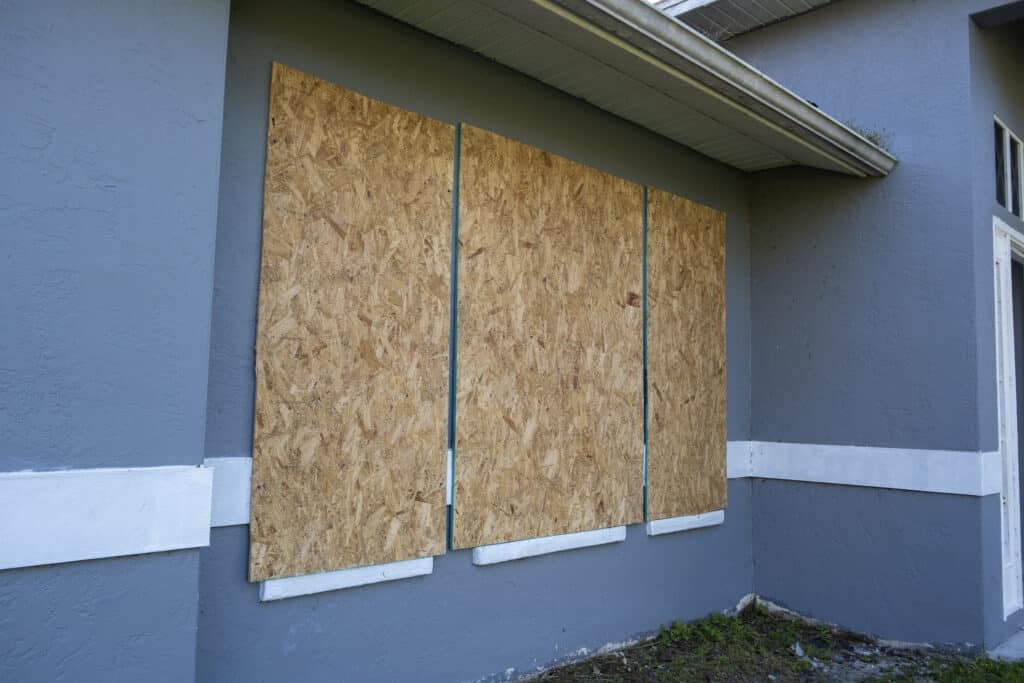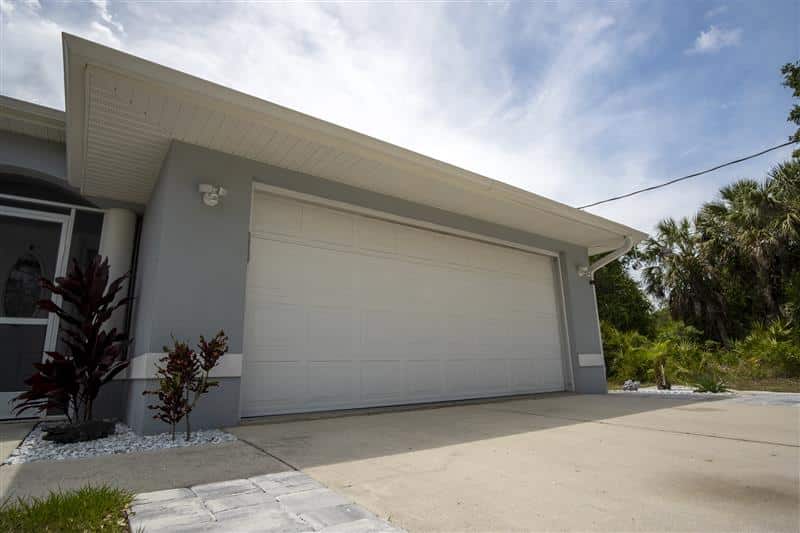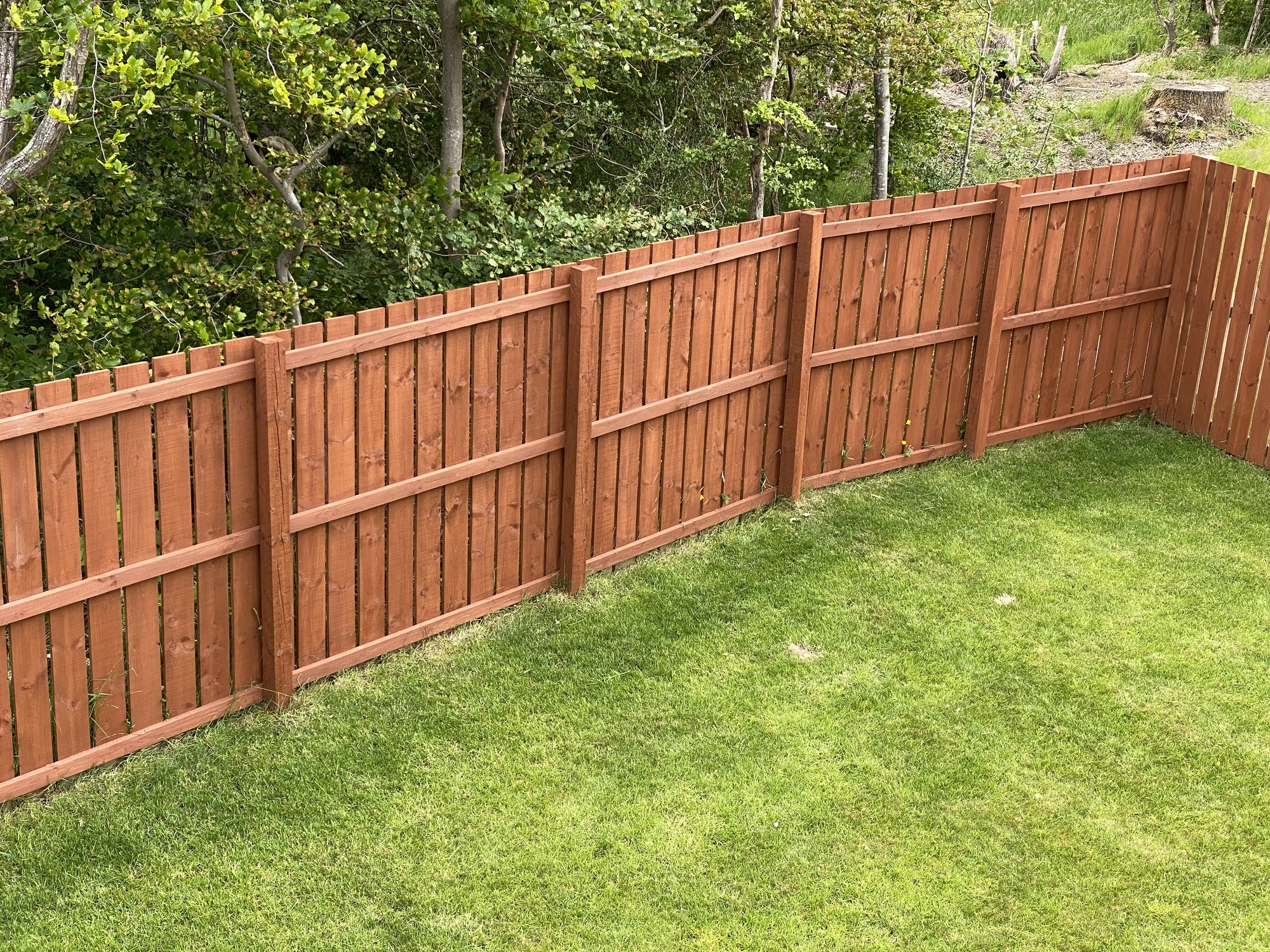Hurricane Shutters vs. Plywood: Which Offers Better Protection in a Storm?

When the weather reports show a hurricane approaching, those in hurricane-prone areas need to secure their home. This includes everything from bringing in outside furniture to putting sandbags in front of exterior doors. People stock up on supplies like water, food, batteries, and gasoline for their generators. Another critical step in getting prepared for a hurricane is protection for your windows and doors. For decades, people have used plywood to secure their property. However, with today’s advancements in storm protection, is plywood a viable option for protecting your windows and doors during a powerful storm?
What Are Hurricane Protection Measures for Windows and Doors?
The four main hurricane protection measures include plywood, hurricane shutters, impact-resistant film, and impact-resistant glass. Which one of these is the best solution? They each have pros and cons, including availability, cost effectiveness, aesthetics, and convenience. Which one of these protection measures is right for you and your home’s needs?
Plywood
Pre-storm, people and businesses flock to the lumber yard or home improvement store to buy plywood to place over doors and windows. While they do offer protection from wind-blown flying debris, plywood needs to be installed correctly to be effective for protection.
Pros
Plywood is relatively inexpensive and available, although the costs are on the rise due to supply chain issues. The pieces can be cut to size to fit your unique window and doors, they are quick to install, and you can remove and store them for future use.
Cons
Plywood is heavy and can warp and become damaged due to rain, making it unusable for the future. For maximum protection, plywood needs specific hardware to properly secure it to your home. They should fit inside the frame of the window and be secured with sliding barrel bolts instead of being nailed to the outside of the frame. This prevents wind from getting under the plywood and carrying it away. In addition, you should apply a waterproofing compound to the plywood to help prevent warping of the wood.
Hurricane Shutters
Storm shutters or storm panels are made of steel or aluminum and offer better protection from a hurricane. They come in a wide range of styles to add appeal to your home.
Pros
Storm shutters are a long-term investment in hurricane protection. Shutters are put up before a storm approaches, and are later removed for storage. They are attached to exterior walls with bolts and tracks.
Automatic roll-down shutters are made of polycarbonate or metal and do not need to be removed. They are stored in a box above the window or door, and can be deployed and rolled back up after the storm. If the power is out, you can manually operate them. Some shutters, like Colonial shutters or Bahama shutters, are permanently affixed to the walls of your house, and you close and latch them before the storm approaches.
Cons
Metal hurricane shutters can be noisy in the wind, and they create a dark environment inside the house, similar to plywood coverings. The most common hurricane shutters need to be removed after the storm has passed and then stored. For ease of use, you may want to consider investing in the style that rolls away when not in use.
Impact Window Film
Impact window film is another alternative to bulky plywood or storm shutters. Although it offers only minimal protection, hurricane window film is popular for several reasons.
Pros
Window film is applied to the inside of the window to strengthen it from the impact of high winds and flying debris. The film is made from multiple layers of polyester and other compounds that give it its strength. Hurricane film doesn’t alter the appearance of your home, is permanent, and lets light in. If the glass gets hit by flying debris, the film holds the shards together instead of splintering into the house, providing more safety.
Cons
Window film is not hurricane-proof. It’s designed to keep the glass from shattering by holding the broken pieces together inside the matrix of the film. However, you will need to replace the broken glass after the storm. While cost-effective, easy to use, and aesthetically pleasing, window film is not the best protection for your windows.
Impact-Resistant Windows
Many homeowners in hurricane-prone areas choose to have their traditional windows replaced with impact-resistant glass. Impact-resistant windows (also called hurricane windows) are made with tempered glass and laminated panes of glass with a strong layer or membrane of polyvinyl butyral. High-end impact-resistant windows are made with Sentry Glass technology that adds even more protection.
Pros
Impact-resistant windows offer high protection for windows and window inserts in doors. Even if the window is hit with debris or high-force winds, the glass is less likely to break or shatter. These types of hurricane windows are permanent in your home, do not take away from the beauty and aesthetic appeal, and allow natural light in year-round. You can also get these windows with solar control to help reduce the effects of UV rays.
Cons
Impact-resistant windows are expensive. You need to factor in the cost of replacing your standard single-pane or double-pane windows with hurricane ones. You also need a contractor who understands the science behind these windows to build heavy-duty frames to hold them in. If the expense is feasible, impact-resistant windows are a great choice for hurricane protection
Which Hurricane Protection Method Is Right For You?
While plywood is a quick fix for window and door protection, storm shutters are stronger and better able to protect your home from wind and debris. You can even purchase storm shutters that are permanent with automatic operation controls, making hurricane preparation easier. Window film is inexpensive, but it doesn’t provide a lot of protection during a large hurricane. Impact-resistant windows are also a great option. They give you protection, let natural light in, and don’t need to be put up or taken down for each major weather event. Consult with a hurricane home protection expert to see which option is best for you.



